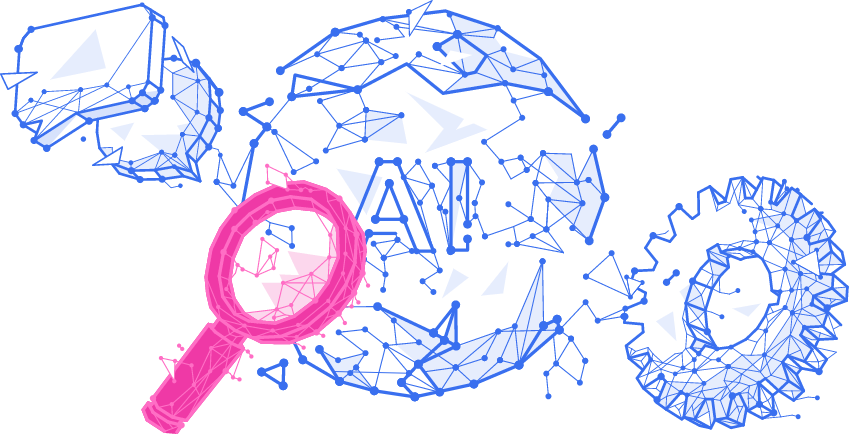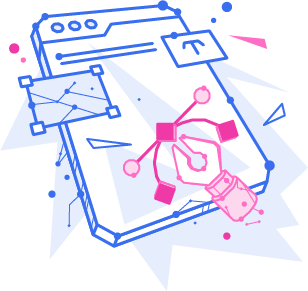

Generative AI
We leverage Generative AI, a class of artificial intelligence algorithms designed to generate new content, whether text, images, or other forms, without direct human input. Generative AI holds significant potential for businesses across various domains, offering innovative solutions and contributing to operational excellence.


Content Creation and Creative Industries
Generative AI models empower executives to establish thought leadership by generating compelling, industry-specific content. It optimizes multimedia production, aids idea generation, and offers data- driven insights for tailored marketing. This technology enables the articulation of visions, insights, and strategies with unparalleled depth and resonance. It also streamlines report summarization for time- pressed executives. By swiftly extracting key insights from extensive reports, this application provides concise, executive-friendly summaries. This not only saves time but ensures decision-makers have essential information for strategic decision-making.

Product Design and Enhanced Creativity
Using models like Generative Adversarial Networks, executives can expedite innovation by generating unique design elements and features. AI facilitates rapid prototyping, cross-disciplinary collaboration, and consumer-centric customization, streamlining the entire product development lifecycle. This not only ensures market-responsive designs but also enhances marketing collaterals, creating a compelling narrative for products in a competitive landscape. Embracing Generative AI positions executives to lead with creativity, efficiency, and a customer-centric approach in the dynamic world of product design.

Interactive Knowledge Base
AI-driven knowledge base offers real-time insights, facilitating efficient data retrieval, trend analysis, and collaborative decision-making. Executives can leverage customizable dashboards for key metrics, ensuring agility in strategic planning. The dynamic nature of this knowledge base fosters informed decision-making, allowing organizations to stay ahead in rapidly evolving industries and maintain a competitive edge in the ever-changing business landscape.

Automated Document Generation
Generative AI optimizes document creation for C-level executives by automating report generation, saving time and ensuring high-quality outputs. Customizable templates maintain consistency and enable tailored reporting. In legal matters, AI expedites document drafting, enhancing accuracy and compliance. The technology streamlines proposal generation, allowing executives to respond promptly to business opportunities. From risk mitigation in compliance to business development efficiency, Generative AI proves indispensable for executives seeking streamlined and consistent documentation across various organizational facets.
Get in touch to learn how our AI powered solutions
can solve your business problem.
